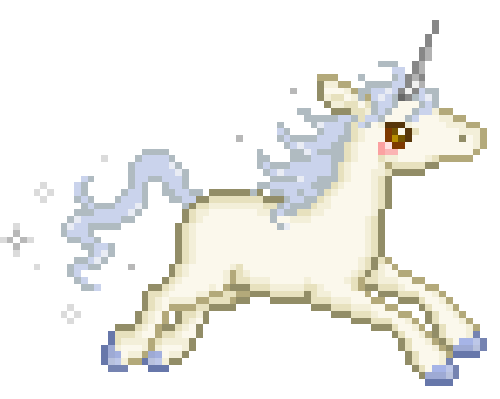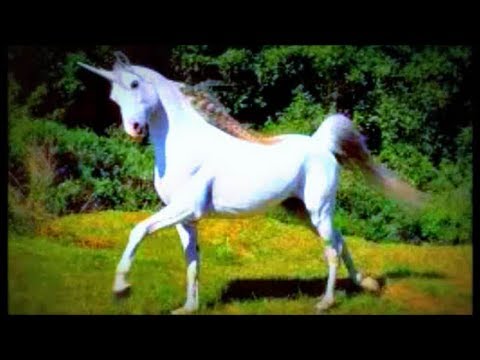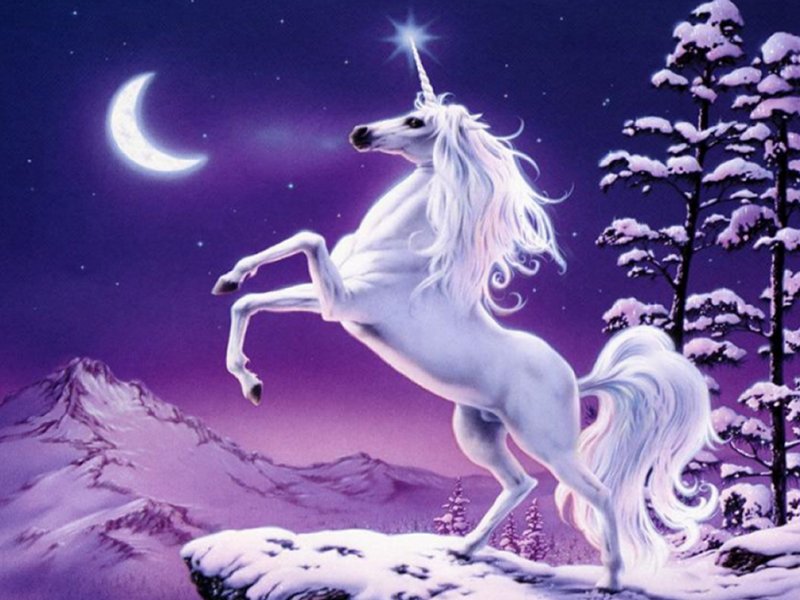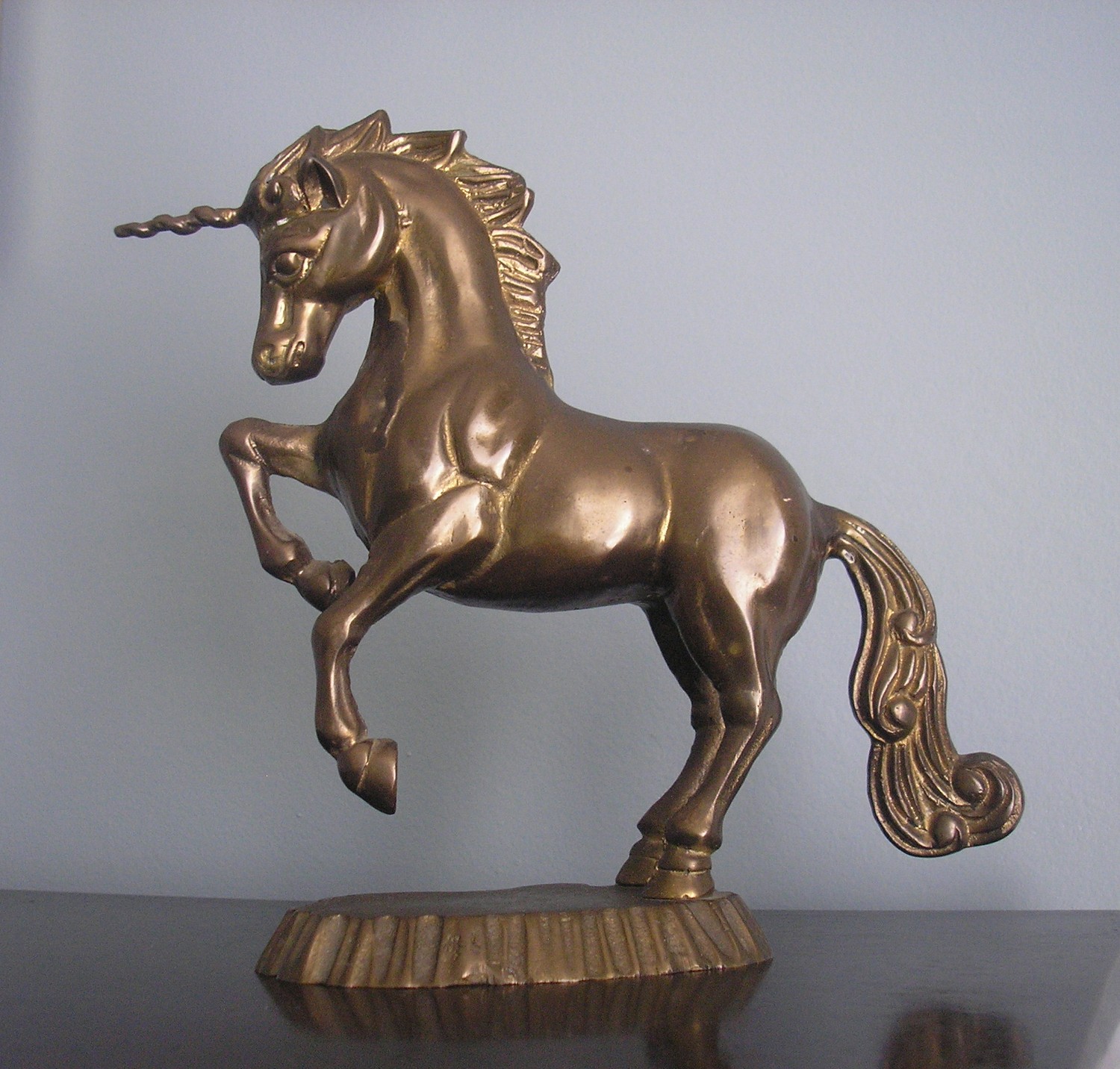UNICORN POWER!
Did you know that unicorns are amazing? I bet you DIDN'T! Now, with the power of THIS PAGE, you will know!

Some Unicorn Facts
- Unicorns smell GREAT!
- Unicorns are magical!
- Unicorns are your good buddies, especially in time of crisis.
Unicorns are not found in Greek mythology, but rather in the accounts of natural history, for Greek writers of natural history were convinced of the reality of unicorns, which they located in India, a distant and fabulous realm for them.
The earliest description is from Ctesias who, in his book Indika ("On India"), described them as wild asses, fleet of foot, having a horn a cubit and a half (700 mm, 28 inches) in length, and colored white, red and black.

Cosmas Indicopleustes, a merchant of Alexandria who lived in the 6th century, made a voyage to India and subsequently wrote works on cosmography. He gives a description of a unicorn based on four brass figures in the palace of the King of Ethiopia. He states, from report, that "it is impossible to take this ferocious beast alive; and that all its strength lies in its horn. When it finds itself pursued and in danger of capture, it throws itself from a precipice, and turns so aptly in falling, that it receives all the shock upon the horn, and so escapes safe and sound."

Hunts for an actual animal as the basis of the unicorn myth, accepting the conception of writers in Antiquity that it really existed somewhere at the edge of the known earth, have added a further layer of mythologizing about the unicorn. These have taken various forms, interpreted in a scientific, rather than a wonder-filled manner, to accord with modern perceptions of reality.

UNICORN HISTORY!



